Hello everybody!
Yesterday, official Kyiv released a number of photos and vidoes showing the first few F-16s of the Ukrainian Air Force and Air Defence Force (PSU). These are enabling some useful conclusions about their origins and equipment. Thus, lets have a closer look at what is what.
***
For the start, this jet here looks genuine for most of the public…
…but, at the second look…. hm…. yes, sure, F-16s have gold-tinted cockpit transparencies (canopies): that serves both the decrease of their radar cross section (because cockpits tend to have a huge radar cross section), and the protection of the pilot from electromagnetic radiation (like that from the radar). But, a jet with a cockpit transparency this yellow…hm… that’s called ‘silvering’ and is actually indicative of the plexiglass of the canopy being exposed to the Sun for too long; getting ‘worn out’, and being in need of replacement.
One can see this often on aircraft of the Russian Air-Space Force….for example on this Su-35S photographed from a Boeing P-8 Poseidon maritime patrol aircraft of the US Navy, while escorting MiG-29s and Su-24s in the process of delivery to Libya, back in August 2020:
…but surely not on ex-NATO aircraft delivered to Ukraine ‘yesterday’. Something of that kind belongs to ‘things’ that ‘they would never do’.
Why?
Because worn out cockpit transparencies are getting brittle and becoming sensitive to overpressure - like caused by the jet flying at high speeds. Means: they can crack, even burst, injure the pilot, jeopardise his and the safety of the jet.
Moreover, the antennas of the APX-113 identification friend-or-foe have a ‘wrong form’. Actually: the IFF-antennas (especially considering what’s visible under the intake of the jet on the top photo) is looking like that of the APX-109 IFF-system, usually installed on F-16ADFs of the US Air Force.
….however, the USA are not known to have pledged even a single F-16 for Ukraine. And even if: an F-16ADF would also have that ‘blister’ on the base of its fin, like on the photo here - which is not visible on any photos of Ukrainian F-16s published so far:
Finally, the camouflage colours are incomplete (no Dark Ghost Gray was applied along the upper fuselage behind the cockpit).
Thus, I guess, this jet (one of the two in front of which President Zelensky made his appearance) is either an instructional airframe, or an excellent decoy - or both: one of ex-US Air Force F-16ADFs, withdrawn from storage at the AMARG, stripped down of all the useful parts, and now used for training purposes or as a decoy:
For me, much more interesting was the following photo:
As for why…
All US-made aircraft are wearing lots of insignia that make it possible to identify them. In the case of jets made for the US Air Force, the most important between these is the ‘FY-number’: essentially the airframe number related to the contract in which the airframe in question was ordered. This is nearly always applied somewhere on the aircraft - even if often in very different fashion - and that irrespectively if the jet is operated by the US- or some other air force.
While FY-numbers were smudged out from all the other photos released by official Kyiv, on the photo above - they were not. Therefore, when zooming in, we can see this:
As soon as these digits are visible, the rest is ‘easy’. Check such sources of reference like the F-16.net and you’re going to find out that the jets in question are:
80-3596
80-3599.
The prefix 80 denotes the year of the contract in which they were ordered. It must not be precisely the year in which it was manufactured, but is good for orientation in this regards.
3596 and 3599 are individual aircraft numbers.
Means: these two jets were ordered (and, most likely: manufactured, too) in the Year 1980.
Indeed, both jets were ordered by Denmark (i.e. for the Royal Danish Air Force). Following their mid-life upgrade to the F-16AM-standard, they were looking something like on this photo (by Vincent Jacques):
There are other ‘aids’ to recognize them as such, as ex-Danish jets, too. For example:
‘intercept spotlight’ installed on the left side of the nose section (not all the F-16A/AMs have such a light installed)
no container for braking parachute on the base of the fin (not all the F-16A/AMs have this container installed).
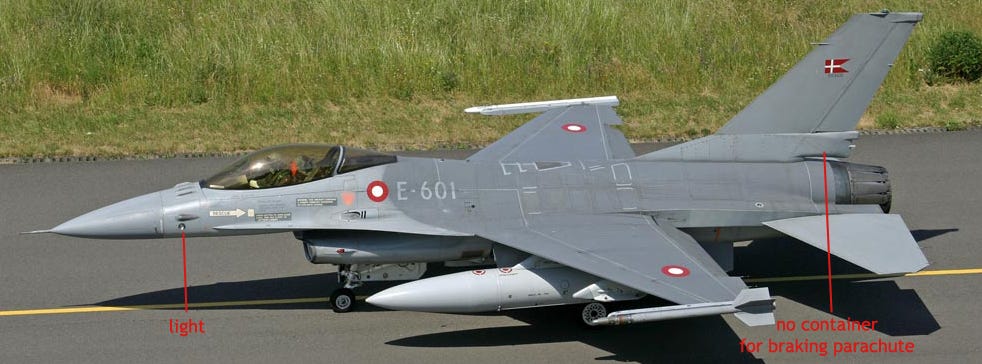
What else can be seen on photos of Ukrainian F-16AMs released yesterday?
A lot about their armament and equipment. For example:
No matter from what aspect taken, and regardless how much was different insignia smudged out, all the photos are showing aircraft armed with old AIM-120A or AIM-120B active radar homing, medium range air-to-air missiles. These are usually installed on wing-tip pylons. They entered operational service in 1991, and were used in combat - for example - during the Kosovo War (or NATO operation against Serbia). Back then, a Dutch F-16AM shot down a Serbian MiG-29 with one of such missiles from a range of more than 30km, just for example.
AIM-9M Sidewinder infra-red homing, short-range air-to-air missile is an older weapon: in service since the late 1980s. Indeed, it’s old enough for the Soviets to have developed excellent flare decoys against it: in service with the Iraqi Air Force, and when deployed by its MiG-25s and MiG-29s, these flares have saved several Iraqi jets during the Second Gulf War (also ‘Operation Desert Storm’), in 1991: they were highly-effective in decoying AIM-9Ms…
That said, the PIDS+ is a much more advanced piece of equipment. It’s a hardpoint (i.e. an ‘expanded pylon’) that can carry weapons - and, additionally, contains 3 missile (approach) warning systems (MWS). I.e. this pylon contains systems that can recognise the approach of an enemy missile and warn the pilot (visually and accustically) that he’s under a threat. Moreover, the PIDS+ pylon contains chaff and flare dispensers: systems dispensing decoys for enemy missiles.
Overall… well…. like much of other NATO-provided arms, ex-NATO F-16AMs delivered to Ukraine came with the equipment that’s available to ‘smaller’ NATO air forces after 30+ years of negligence by their governments. They’re not really ‘top notch’ in regards of equipment, and their weaponry is far from ‘latest’: rather something like ‘1990s standards’.
Still, they are better equipped than anything currently in service with the PSU. The PIDS+ is still a very advanced kind of gear: something that’s going to keep these jets much safer than any MiGs or Sukhois.
In regards of their armament: one must hope that the software of seeker heads of both AIM-120A/Bs and AIM-9Ms have been suitably upgraded to latest knowledge about the Russian radars and chaff and flares, so that they remain effective in combat: if so, especially AIM-120s are going to be of exceptional use - even against R-77-armed Su-30s and Su-35s.
On the negative side: they’re hopelessly outranged by the Russian R-37M. And the Russian pilots seem to be launching these ‘like there’s no tomorrow’…
As for AIM-9Ms…. AFAIK, in nearly 2,5 years since the Russian all-out invasion on Ukraine, there have been 3 or 4 ‘dogfights’ - short-range air-to-air combats - reported. And that’s including one between a Su-35 and an (unarmed) Mi-14 helicopter. Thus, one can’t expect to see these being deployed in air combats a lot (i.e. very often). However, they should be useful for intercepts of the Russian cruise missiles and attack UAVs like Shahed.
Of course, Ukrainian F-16AMs are also capable of deploying AGM-88 HARM anti-radar missiles and JDAM glide-bombs - like those already in service with the PSU. Indeed, it is the compatibility of the F-16AM with a very large ‘arsenal’ of very different weapons that’s going to make things significantly easier for the PSU - because when operating F-16s, Ukrainians do not need to first ‘mate’ Western weapons to a (Soviet-designed/made) jet: this is already done.
….which, in turn, should make it easier for NATO to keep Ukrainian F-16s supplied with suitable weaponry.
(With special thanks to Henrik Gram Jensen and few other chaps for their help with all the details of NATO’s F-16AMs and USAF’s F-16ADFs.)




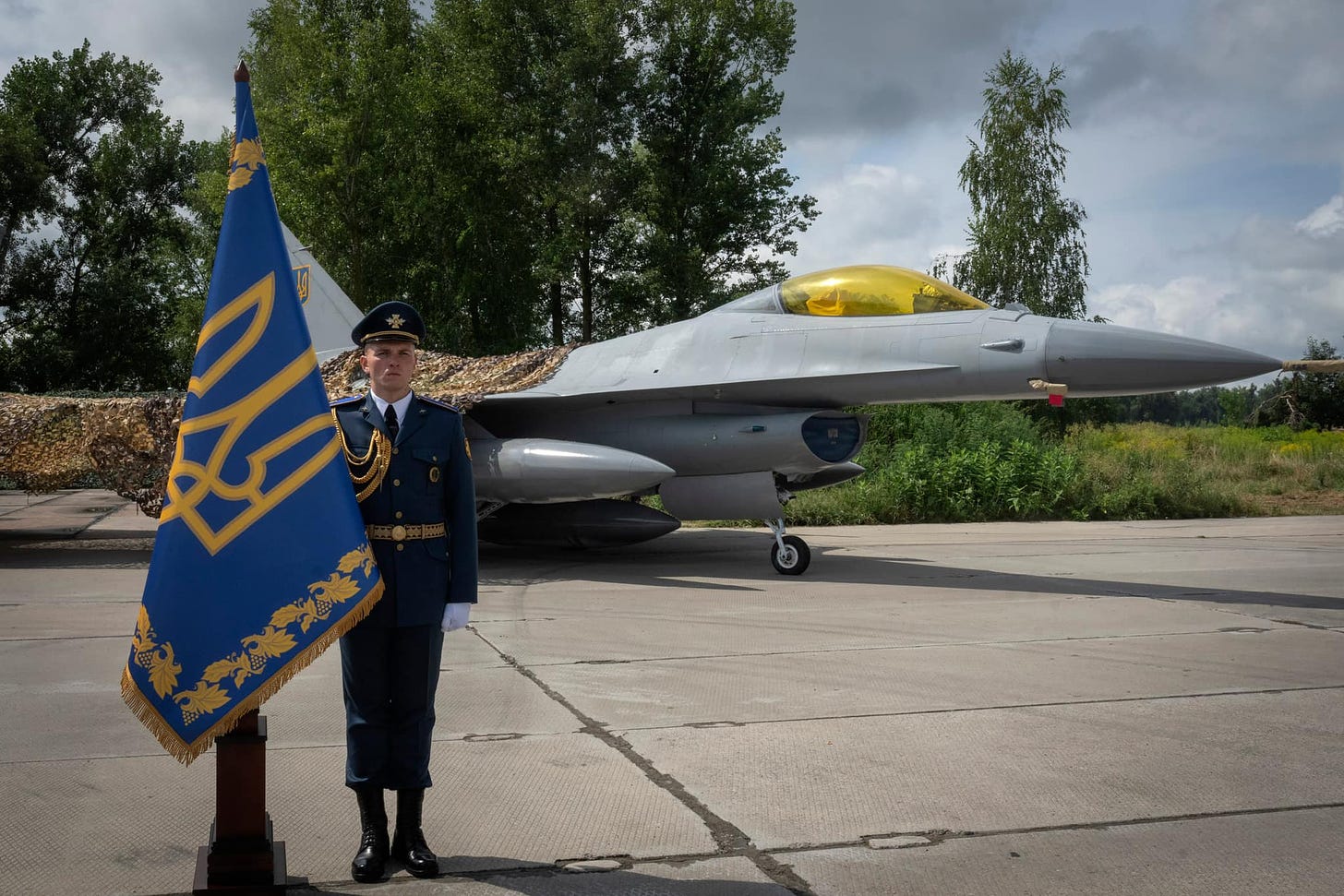
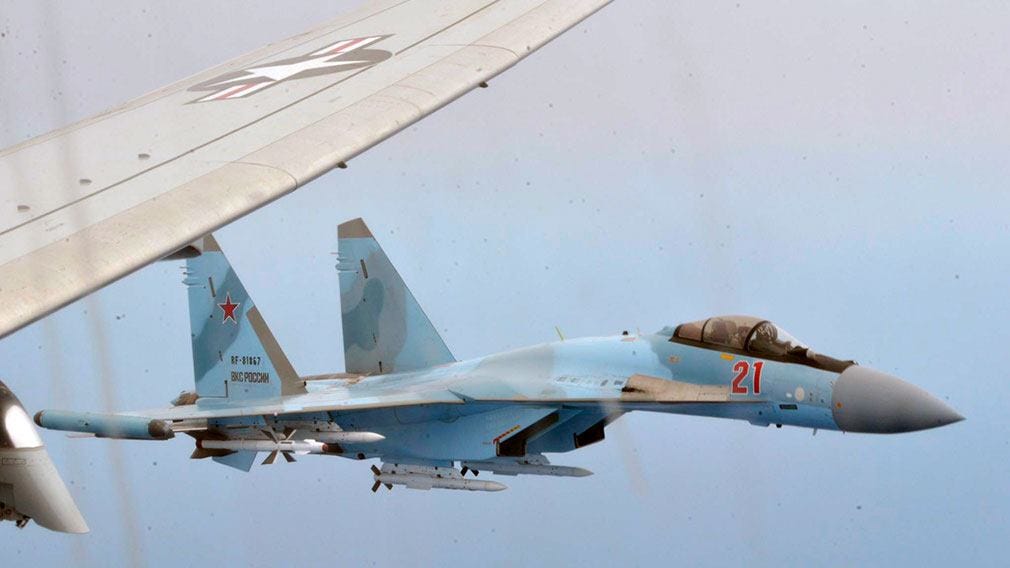
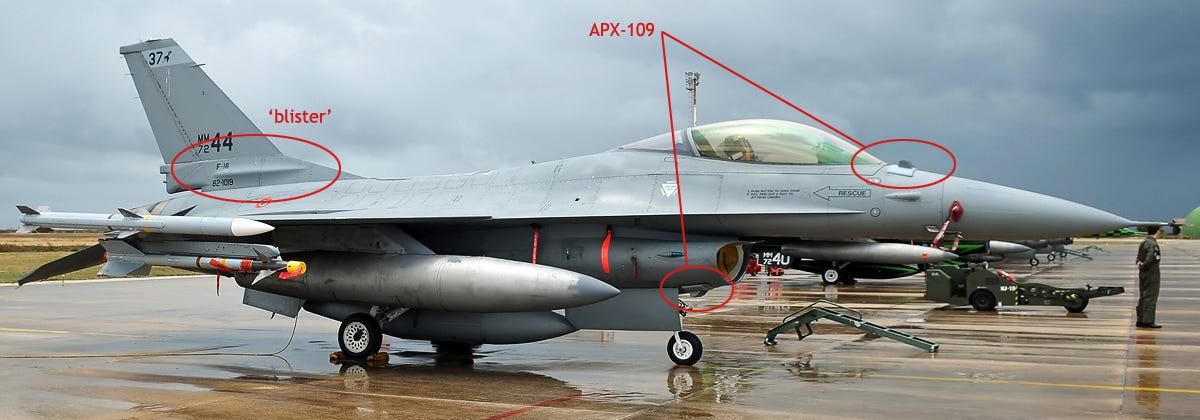
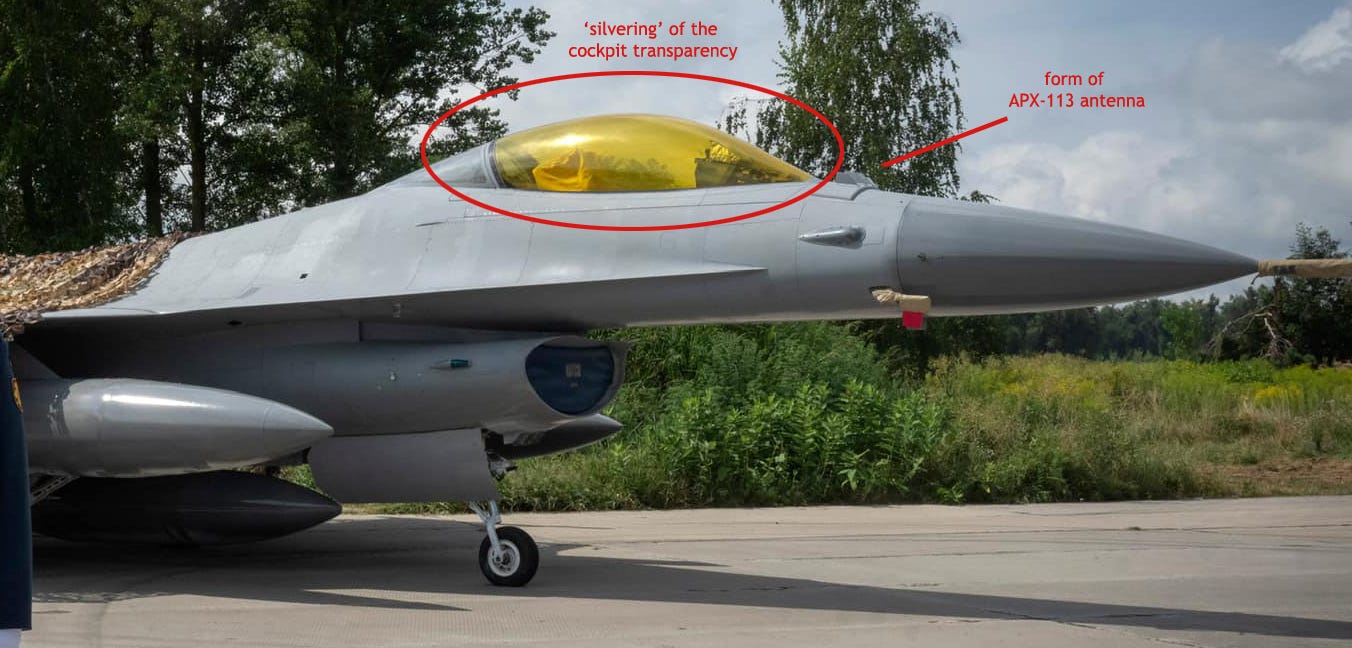
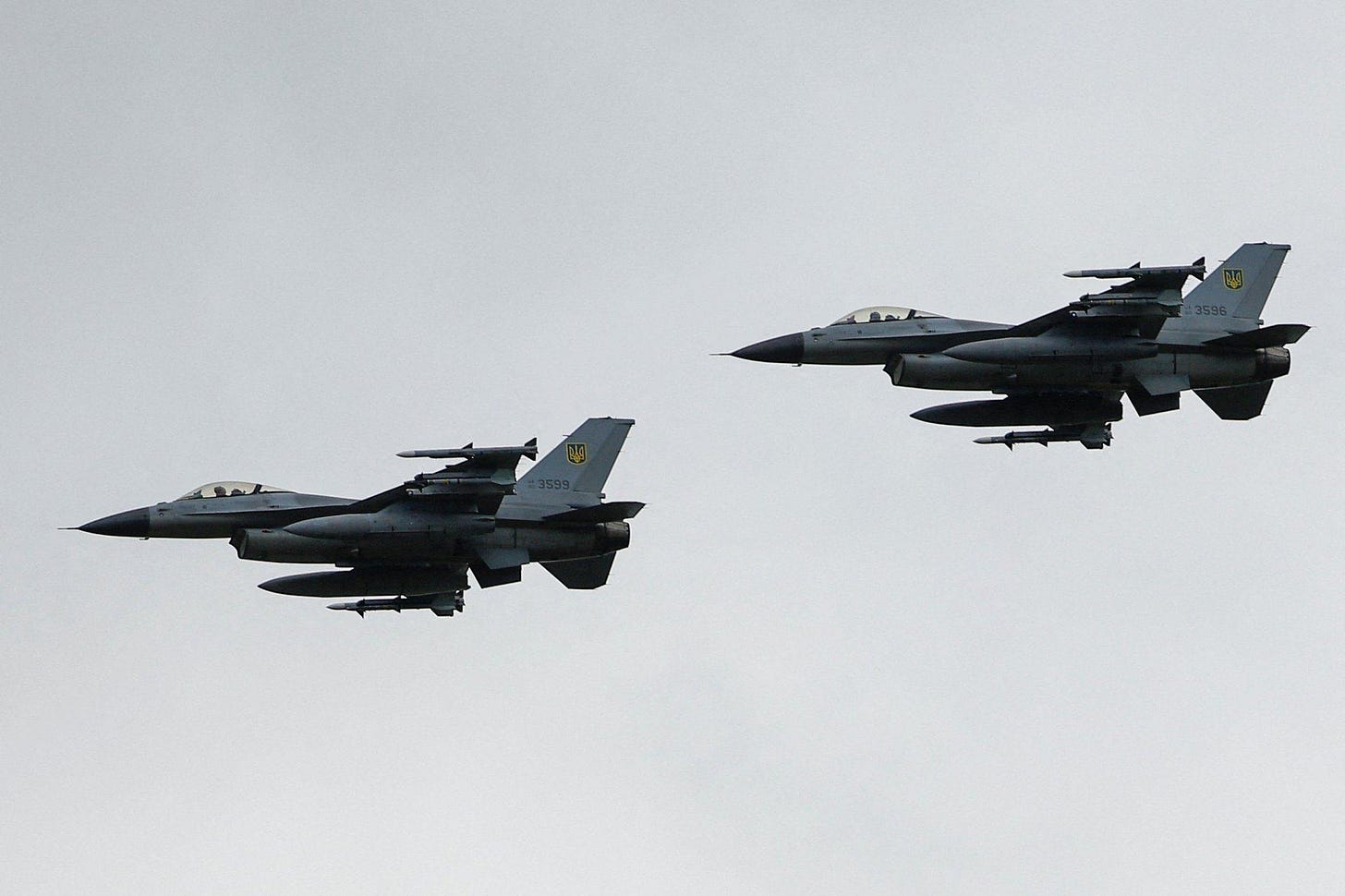
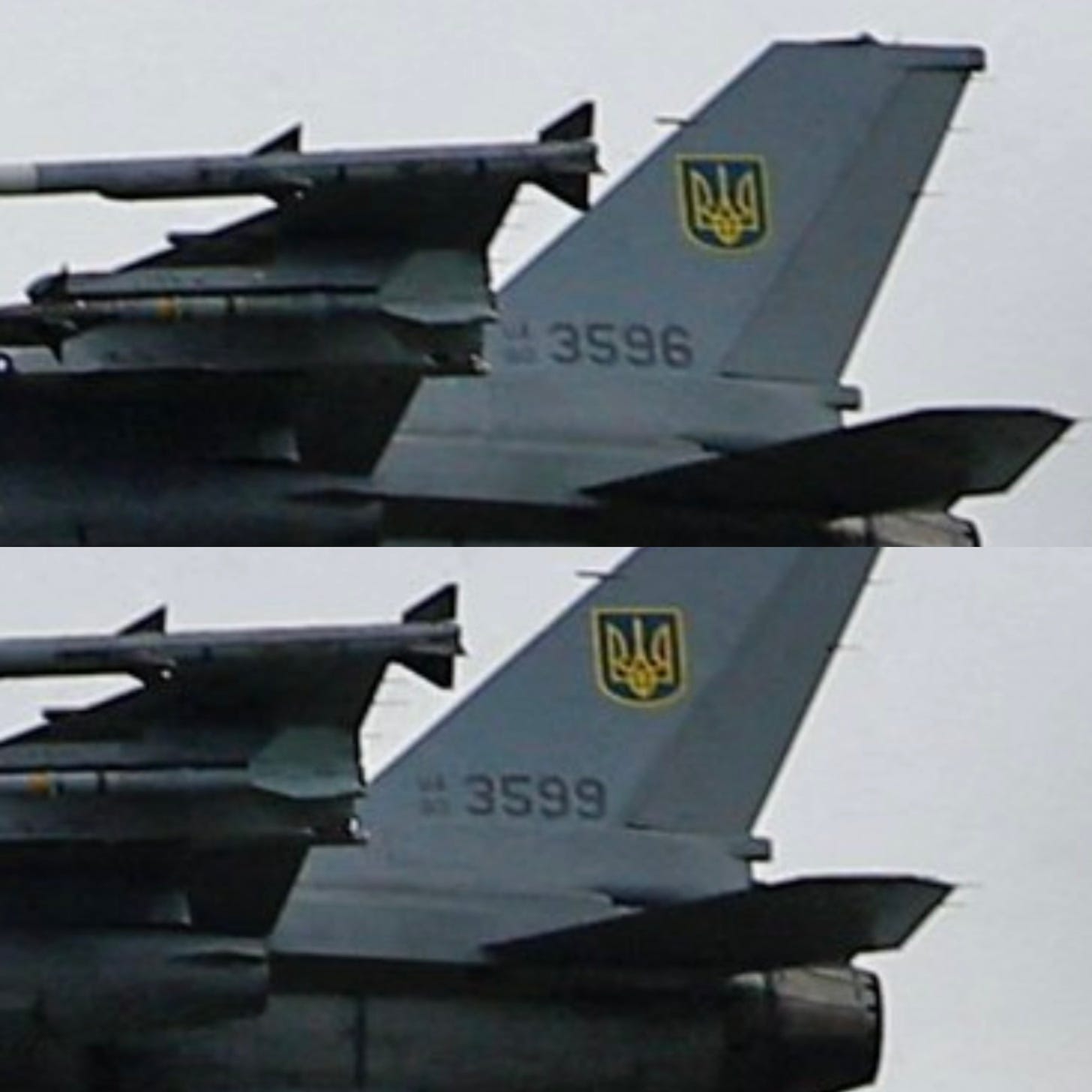
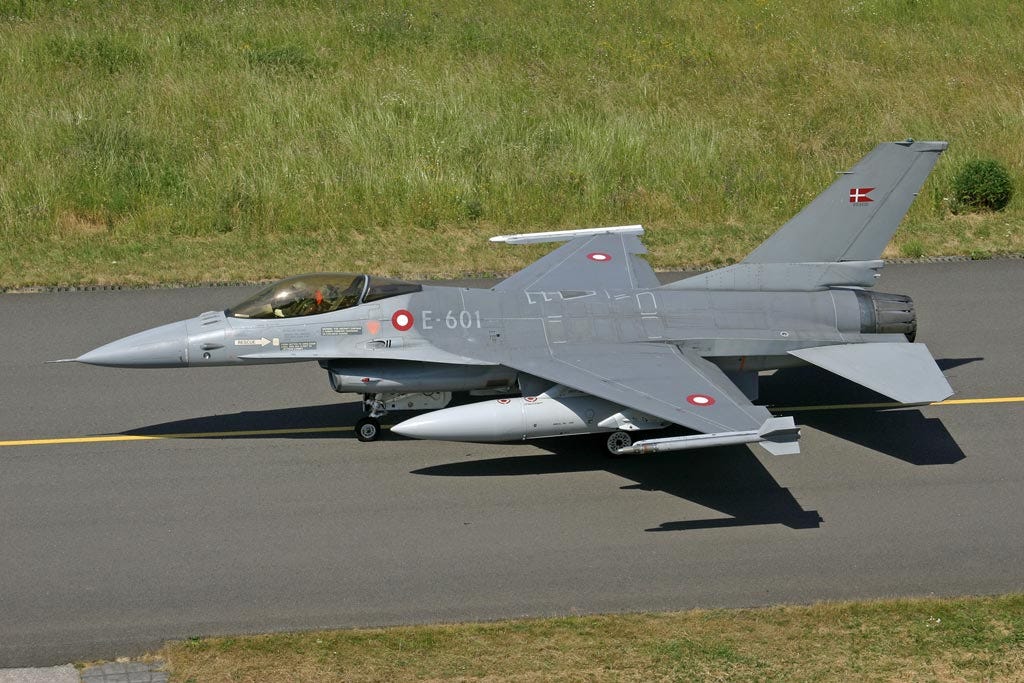

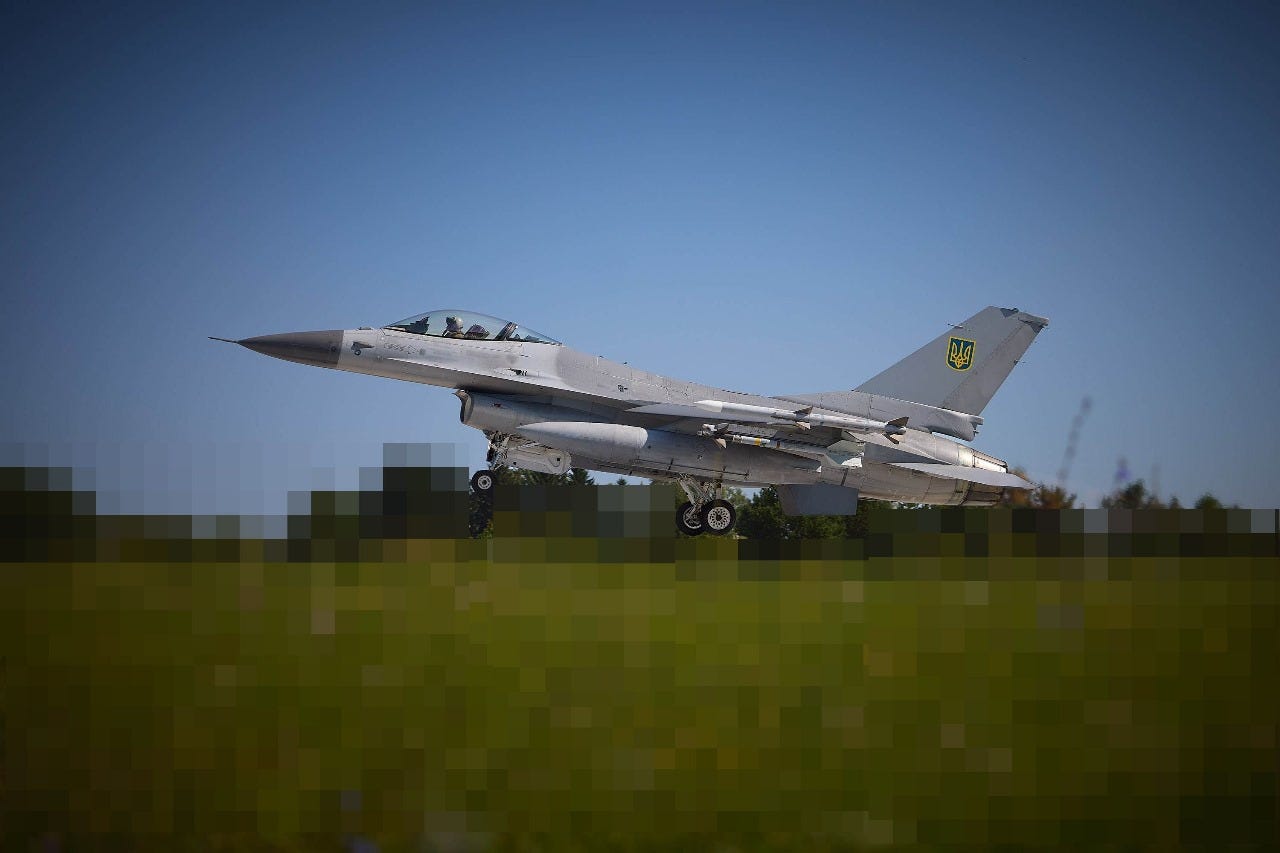
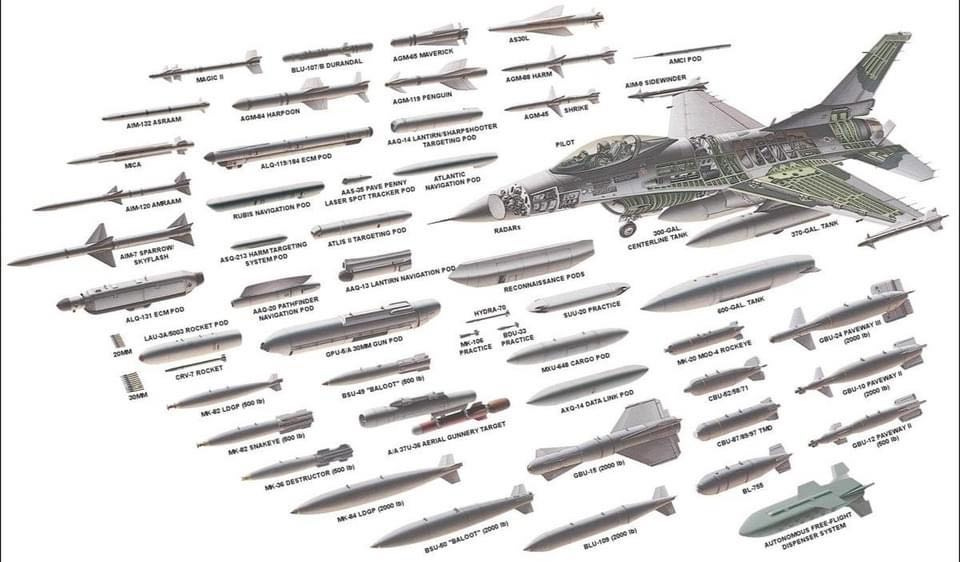
The AIM-120 (regardless of of B or C5/C7/C8) together with a tactical link (usually Link16) is a marvellous asset.
Such an aircraft can approach a target at very low altitude, hiding in valleys, ground clutter or similar. It can then launch its AMRAAM without turning on its radar at all, firing against target coordinates which it has received over the Link16. (Also called third party targeting)
In the best of conditions the firing aircraft may not even be detected at all, if it can quickly get down ”on the deck” again and escape.
The missile will later turn on its seeker and disclose its presence, but then it’s hopefully too late for the target.
It calls for careful coordination and timing, but an ambush could be arranged where several quiet aircraft can attack a target simultanously from several directions.
Firing from very low altitude decreases the range of the missile considerably, however, due to the high density of the air, and because the missile will have to climb up to the target if this is at higher altitude.
The targeting, i.e. detecting, following, calculating the target position and vector, and sending this information on the Link16 can be done by other figthers, AWACS or even ground radars.
Such scenarios can be planned and practised beforehand, in simulation centers abroad, USA or NATO contries that have them.
Possibilites are endless, obviously Ukraine is good at this kind of intelligent fighting.
Hello,
The pylon does not looky like a PIDS+. It looks like an ECIPS+.
They usually come in pairs so PIDS+ would be carried under the other wing.
PIDS+ contains 3 buckets of chaff/flare plus MAWS sensors.
ECIPS+ contains an AN/ALQ-162(V)6 jammer along with the 3 MAWS sensors.